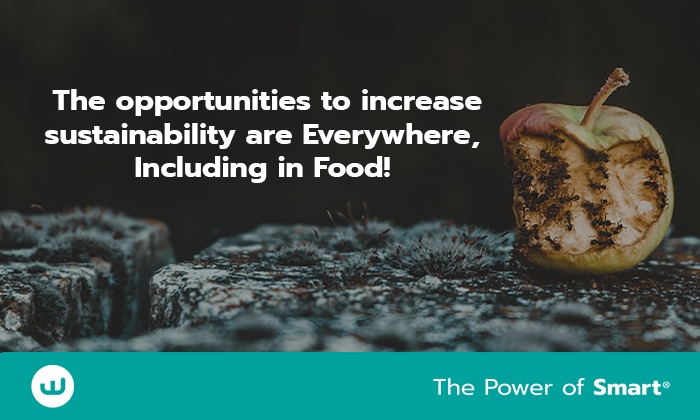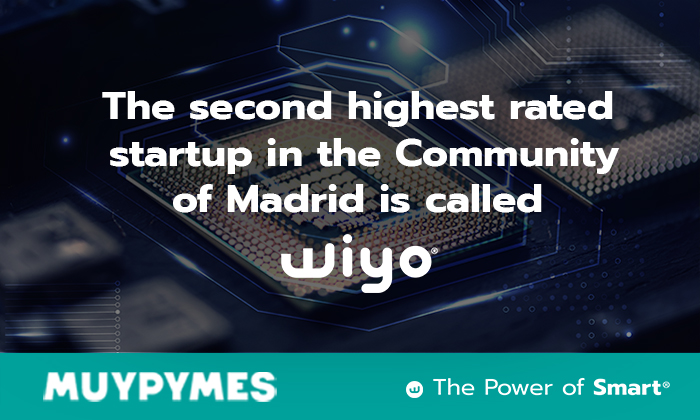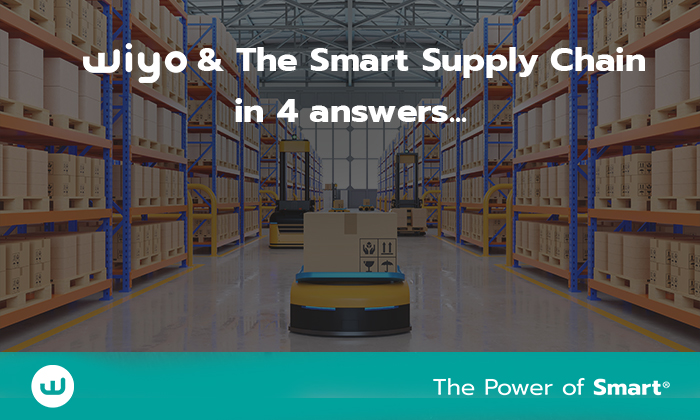CSO & Co-Founder Patricia Fermín de Moreno shares some thoughts:
“Since working with Wiyo’s innovation team, I have found opportunities to improve the quality of life across many of our daily habits. For example, last weekend, I was reading about the different ways companies produce carbon footprint, and I came across an article from the BBC on the waste produced by the food industry and its effects on the environment. The numbers were shocking”.
More than 930 million tons of food is wasted globally every year. This suggests that 17% of global food production ends up in the trash. In contrast, according to a report created by five agencies of the UN, 830 million people were hungry in 2021 due to the COVID 19 pandemic and climate change. Furthermore, an alert from the FAO (Food and Agriculture Organization of the United Nations) warns that the state of nutrition and food security worldwide is considered to have experienced a critical regression. Additionally, the currently available data suggest that the number of people that cannot have a balanced diet around the world has increased by 112 million, reaching 3.100 million in 2021.
Technology can be the Protagonist of Change
IoT-based Data is the only real source of quality information that systems can use to provide fundamental and proven results. Integrating quality data is essential to see an impact in all the digital solutions and software 2.0 technologies available today.
For example, we can reduce food waste with the ability to control parameters in the supply chain like food temperature, in-storage and transportation, fuel consumption, humidity levels, presence of gases, and the efficiency of the transport route.
According to the BBC , the largest contributor to food waste, equivalent to 61%, is the end consumer. Our typical behavior is to dispose of all food that is no longer fresh or acceptable. Of course, we’ll continue to do so, but have you ever analyzed the consequences of food waste? You will be surprised. When food reaches the landfill and rot, it produces methane, a greenhouse gas with more impact than carbon dioxide. According to a report from the WWF, in their article “Fight Climate Change By Preventing Food Waste,” food waste generates approximately 8% of all emissions of the greenhouse gases produced by humans that contribute to climate change. Only in the USA, the greenhouse gas emissions produced by rotting food generate the equivalent of what 43 million cars generate in a year.
In addition to home-generated food waste, 26% of emissions are produced by the food service industry, such as restaurants, hotels, or educational institutions. And, finally, 13% comes from places like supermarkets or small stores.
Technology can help people avoid waste, for example by buying planned quantities and correct food portions and providing information on what ingredients are being used, the expiration dates, or recommended consumption by dates. However, the challenge is in the accuracy and precision of THE DATA that available digital solutions receive.
Finally, there is an accessible and sustainable technology to collect IoT-based Data and serve it agnostically to any ERP, Data Base or Digital Solution via APIs: Wiyo. This new technology came to help Cloud Solution Providers overcome the physical limitations to collect quality data straight from products or objects. The company’s philosophy is to share IoT-based Data for technological partners to solve every global necessity across all industries and without limitations on getting Quality Data.
The UN’s program “Ensure Sustainable Consumption and Production” has set a goal for 2030 to reduce the per capita yearly world wasted food. At Wiyo , we embrace the challenge. We invite all digital solution players to work with us and contribute with the best solutions. Will you join us?has set a goal for 2030 to reduce the per capita yearly world wasted food. At Wiyo , we embrace the challenge. We invite all digital solution players to work with us and contribute with the best solutions. Will you join us?



